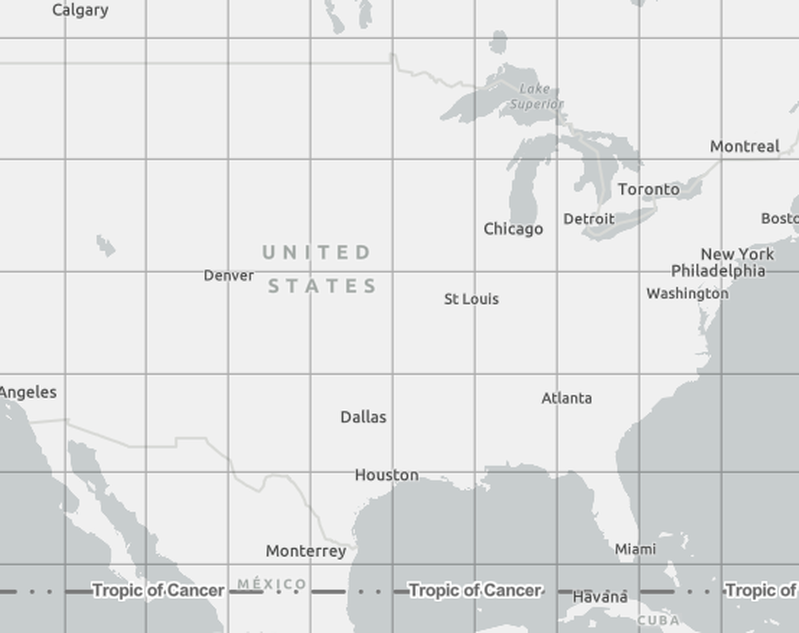


I realize that not all units have this capability, but if yours does, I think it's the way to go. To create CSV files, I usually put the address into the Garmin, save it as a favorite, then connect it to a computer and extract the lat/long coords from the current.gpx file on the unit. because it rarely brings me right to the POI. I can always tell when I download a CSV file from the internet somewhere and the author used Google Earth (or similar) to get the lat/long coords. The Google Earth coordinates typically put me somewhere in the middle of a nearby park, an interstate, or at least a block or two from my destination. It always brings me right to the doorstep of where I'm going. I have had very few problems when I just enter the address into the Garmin itself. Although I'm not exactly sure why they don't line up, the fact is that they don't. The main idea behind VRML is that scene graphs can be created using no tools other than a text editor while possible, it is not necessary to use a 3D design application.I have also noticed that the lat/long coordinates don't exactly match up between my GPS, Google Earth and several other websites. Vrui's scene graph is modeled after the VRML97 Internet standard. > OtherVruiApp -vislet SceneGraphViewer Foo.wrl To add the scene graph described in VRML file Foo.wrl: Some Vrui applications, such as LiDAR Viewer and 3D Visualizer, have built-in support for user-created scene graphs in applications that don't, scene graphs can be added via the SceneGraphViewer vislet. For example, scene graphs can be used to add tectonic plate boundaries or plume location markers to Vrui's Earthquake Viewer, or to add earthquake hypocenter locations and 3D fault geometries to Crusta, or to add coordinate axes and labels to 3D Visualizer, etc. Just like HTML (HyperText Markup Language) describes the complete layout of a web page in a textual form, so does VRML describe complete 3D scenes.

A scene graph is a description of 3D geometry written in the Virtual Reality Markup Language (VRML, usually pronounced “vermel”). It is possible to add additional 3D geometry, outside the original scope, to any application using so-called scene graphs. LiDAR Viewer only deals with 3D point clouds, Crusta only deals with global digital elevation models, and 3D Visualizer only deals with gridded volumetric data. Vrui applications usually focus on visualizing one particular kind of 3D data.


 0 kommentar(er)
0 kommentar(er)
